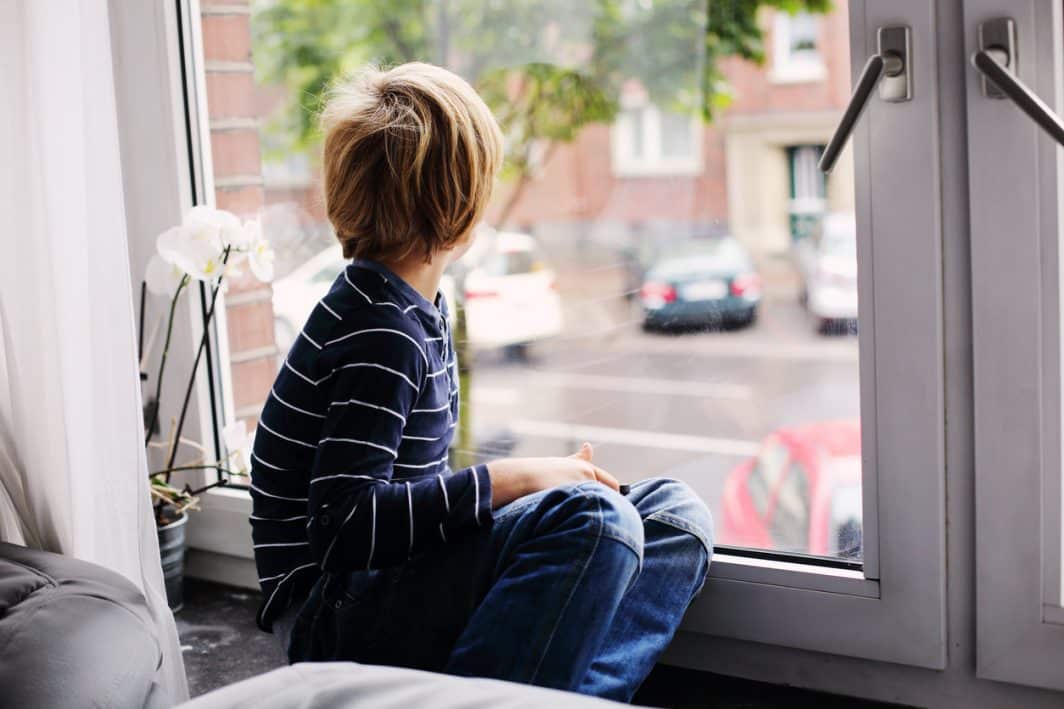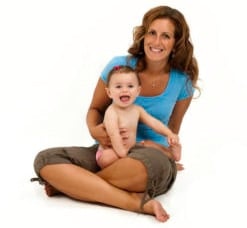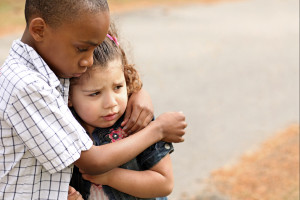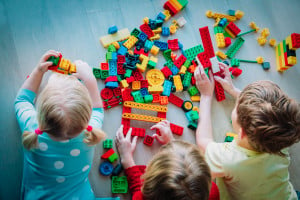As a pediatric occupational therapist, one of the questions I often get asked when working with new parents is, “what are the early signs of autism?” It is an excellent question and requires a comprehensive answer.
The most important thing that I always tell parents is to educate themselves on typical early childhood development. When parents know what important milestones to expect at each age, parents can immediately identify a developmental delay and seek early intervention. Even though there is no cure for autism, early intervention makes a tremendous difference in a child’s outcome. Recent studies have found that autism can now be identified as early as 18 months. In some rare cases, intensive early therapy has actually reversed the effects of autism because the still-developing brain can be rewired.
I am always conscientious of saying early “indicators” of autism versus “warning signs” of autism as the latter carries such a negative connotation. It is important to remember that as devastating as this developmental disability can be, all children are unique, amazing, and individual. With the proper support network in place, children and their families can still thrive and live happy, productive lives. That being said, let’s collectively do all we can to give every child the best start possible!
What does it mean to be on the Autism spectrum?
According to the CDC, autism spectrum disorders (ASD) are a group of developmental disabilities that affect a child’s brain development. They are called “spectrum disorders” because they affect each child differently, ranging from very mild to severe. The primary types of ASDs are autistic disorder, often referred to as “classic” autism, Asperger syndrome, Rett syndrome, childhood disintegrative disorder, and pervasive developmental disorder (PDD). Most ASDs are characterized by difficulties with social interaction, verbal and non-verbal communication, intellectual abilities, gross and fine motor skills, and attention.
I cannot stress enough how important it is for parents to understand typical development. ASDs are identified by the absence of typical behaviors, not the presence of abnormal ones. Parents can educate themselves in so many ways with countless videos, apps, blogs, books, websites, and magazines on early childhood development. American Academy of Pediatrics has a great website. Some wonderful books are Your Child’s Growing Mind by Jane Healy, Your Baby’s First Year by the American Academy of Pediatrics, and Baby Development Everything You Need to Know by Dr. Claire Halsey.
When parents understand what typical development looks like, they are better equipped to spot delays or early indicators of ASDs. The Centers for Disease Control and Prevention has a great page on the Signs and Symptoms of ASDs. Autism Speaks also has a good page on early signs of autism.
Observe your children closely in different situations and not rely on your pediatrician to point out delays. The delays might not present themselves during your ten-minute doctor appointment. Your pediatrician is a valuable partner, but your observations are most important.
Please remember that every child develops a little differently and at their own pace, so do not panic if your baby is a little bit late to hit a milestone, and try not to compare your child to other children. Early development is very highly variable. Remember that ASDs involve various developmental delays, so consider your baby’s social, emotional, motor, and cognitive milestones. Also, developmental delays don’t always mean autism. In some cases, they carry a heightened risk, but not always. Trust your instincts!
Symptoms of autism usually start to surface between 12 and 18 months. The earliest signs of autism are marked by the absence of normal behaviors, not the presence of abnormal behaviors, so they can be hard to spot. Autism can sometimes present itself by what babies “don’t” do as opposed to what babies “do.”
The Don’ts of Autism
Babies demonstrate early signs of autism when they:
- don’t respond to cuddling
- don’t reach to be picked up
- don’t make eye contact
- don’t smile when you smile at them
- don’t make noises or imitate facial expressions
- don’t point or wave goodbye
- don’t respond to their name or familiar voices
- don’t follow objects visually
There is an excellent assessment that parents can do on their own. It is called the Modified Checklist for Autism in Toddlers (M-CHAT), and you can find it here. It is a simple yes/no checklist, and results can be printed and reviewed with your pediatrician.
ASDs are not only a hot topic right now, with 1 in 54 children being diagnosed and the medical community scratching their heads about this staggering increase in cases, but it is also a sensitive topic, as so many families are dealing with it on a day-to-day basis. This article is not just for families with children who may be on the spectrum but instead for the community at large. Autism is all around us. Families need support and understanding. Everyone should understand autism and how to best support people of any age on the spectrum and their families.














